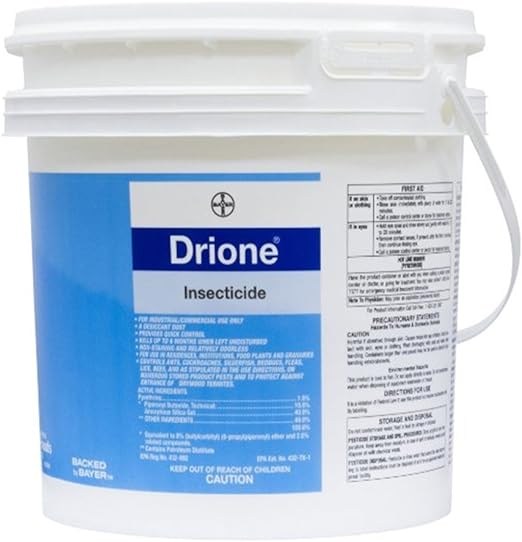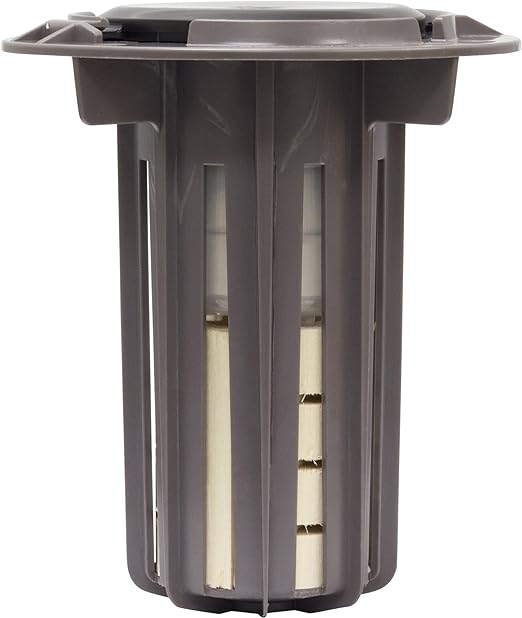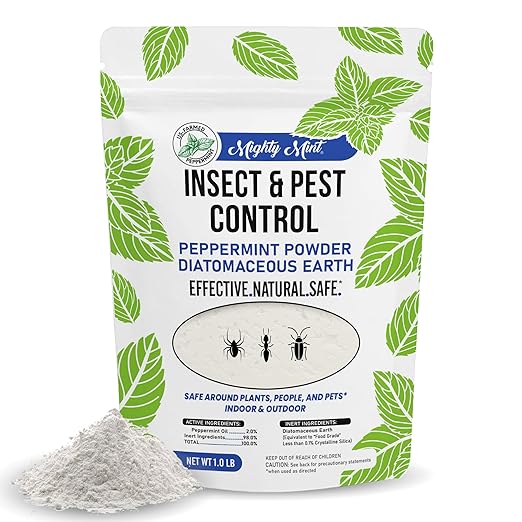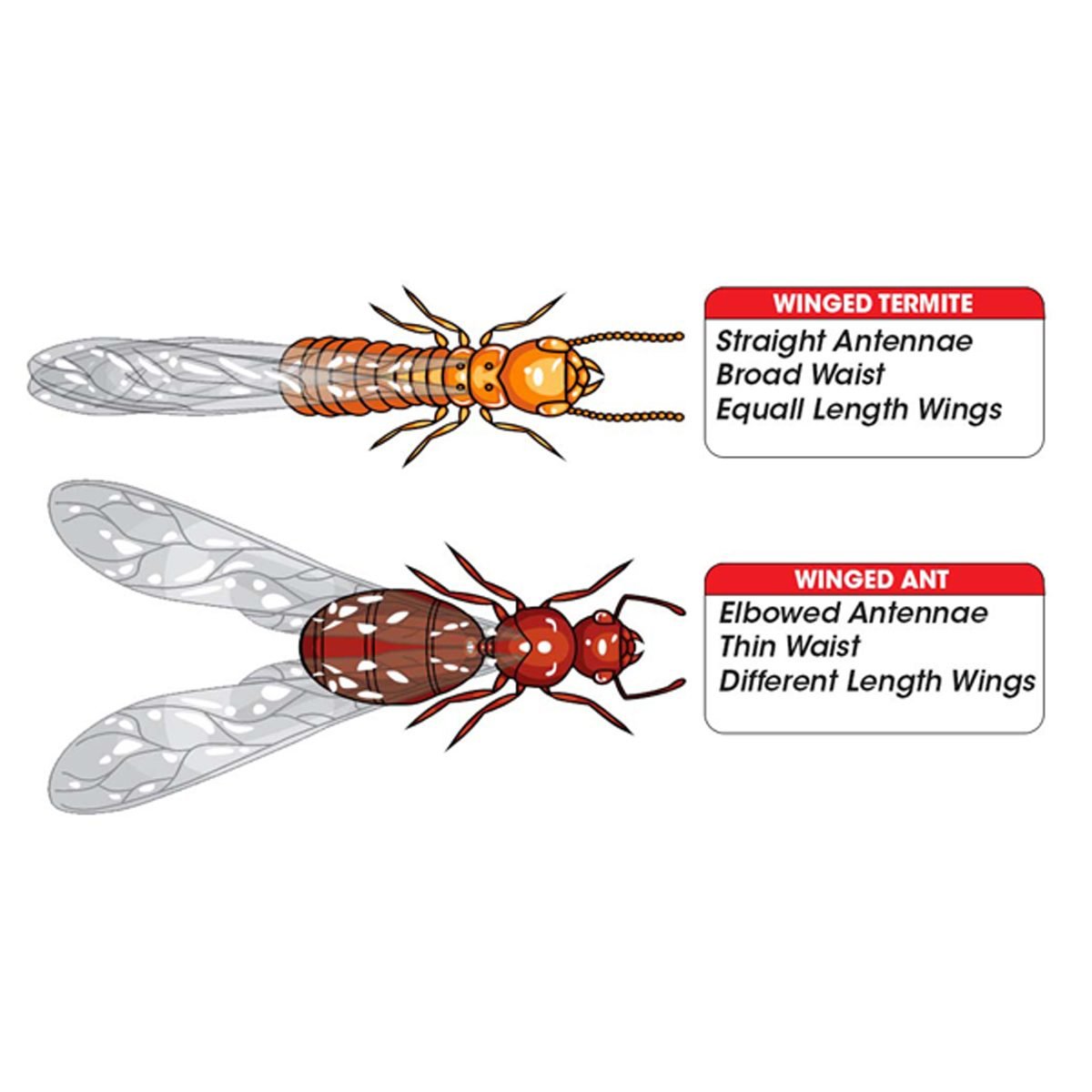Ants and termites are very similar in appearance – both are insect pests that provide annoyance to property owners, but at the same time, both are beneficial to the environment due to their role in nature. Because they look similar and serve different functions, it is important to understand what they’re all about.
Ants are drawn to food debris. Cellulose-rich things like wood and paper will attract termites. Ants are omnivores, which means their diet consists of food from both plants and animals. They’re also attracted to debris from food, which is why you might have seen a line or group of ants surrounding waste from a public trash can or near a pet food bowl.
Termites, however, strictly consume cellulose-rich items such as wood and paper. They’re more likely to be found in drywall, cardboard, insulation, wood, and other materials that contain the cellulose they seek. While both species have four wings, termite wings are uniform in size. Winged ants have noticeably larger wings in the front than the pair in the back.
Termites antennae are almost straight where the ant’s antennae “elbows”. Termite wings are twice as long as their body. Ant wings are shorter and more proportionate to their bodies.Ants appear distinctly segmented, because of their thin waist. Termites have a broad waist and are mostly a uniform width along their entire body.
Termites Wings Vs Ants Wings
There are some pests that you’re likely to see in and around your home, particular during the spring and summer months. One of those pests is termites. Another is ants. Let’s discuss both of these creatures in more detail, including how to identify them and what you should do if you spot them on your property.
Termites
Termites are small winged insects that can destroy homes, furniture and other structures. They are not ants.
Termites have wings but they do not fly; their wings allow them to disperse from their colonies when it is time to find new food sources or start new colonies. Termites have white, soft bodies with segmented antennae and chewing mouthparts for eating wood and paper products.
Termites are not social insects like ants or bees; they live in small family groups consisting of a queen termite (female), several male drones (males) and many sterile female workers that perform all the work needed for the colony’s survival such as building nests, harvesting food sources, rearing young and defending against predators such as ants or other predators looking to feast on your home’s wooden structure
Ants
Ants are small insects that have six legs, two antennae and a pair of wings. Ants are typically dark brown or black in color, but they can also be red, yellow or other bright colors. Ants belong to the family Formicidae and there are over 12,000 known species of ants worldwide.
In general ants do not pose a threat to humans because they don’t bite or sting people unless threatened (in which case they may bite). However, some species of ants can carry diseases such as Chagas disease so it’s important to make sure that you don’t accidentally get bitten by them!
Termites are dangerous, ants are annoying.
If you are not a termite expert, you may be wondering what the difference is between a winged ant and a winged termite. In general, it’s best to remember that even though they have wings, all ants are not dangerous. The same cannot be said for all termites (see below).
Ants with wings are usually just annoying because of their tendency to fly around and land on people or food items. However, some species of ants can carry disease and transmit diseases when they bite humans. For example, pharaoh ants build nests by chewing through electrical wiring causing shorts in power systems and fires.
This type of behavior could result in death if left unchecked by an exterminator who specializes in getting rid of flying bugs like these ones specifically so that they don’t cause any more damage than necessary while still being able to take care of them properly without causing any harm yourself – which would also cost more money overall anyway.
Termites and Ant Killer Products

Drione Insecticide Dust Pail
Price: $325.00
Features:
- Drione Insecticide kills up to 6 months when left undisturbed
- Drione Insecticide is non-staining and relatively odorless
- For use in residences, institutions, food plants and granaries Controls numerous stored-product pests
- Excellent penetration into voids
- Target pests include: Ants, bedbugs, bees, box elder bugs, centipedes, cockroaches, confused flour beetles, crickets, dark mealworms, drugstore beetles, drywood termites, earwigs, firebrats, fleas, grain mites, granary weevils, lice, millipedes pillbugs, red flour beetles, rice weevils, sawtoothed grain beetles, scorpions, silverfish, sowbugs, spiders, ticks, wasps, yellow mealworms

Advance Termite Bait Monitoring Stations
Price: $140.81
Features:
- Includes one CASE of TBS systems: 10 x Advance Termite Inspection Cartdrdge (TIC), 10 x TBS station, 10 x wood block for monitor
- This bait system functions as a DETECTION tool, and does NOT contain termiticides. Install first to detect if termites are present before buying termiticides
- After termites are detected, replace with Trelona cartridges that work with these stations. Trelona is a termiticde by the same brand.

Diatomaceous Earth Peppermint Powder
Price: $19.98
Features:
- Natural Ingredients Proven Effective in the Real World
- For Common Crawling Insects – Ants, Roaches, Spiders, and More
- Safe When Used as Directed
- Made with Premium Diatomaceous Earth – Meets or Exceeds Food Grade Quality
- Powerful Combination of Two Simple Ingredients: Peppermint Oil and Diatomaceous Earth
Conclusion
Knowing the difference between termites and ants with wings can help you determine which pest is invading your house. If you have an ant problem, there are several methods to get rid of them. If you suspect a termite problem, seek professional help immediately because they do more damage to your home than ants ever will.
